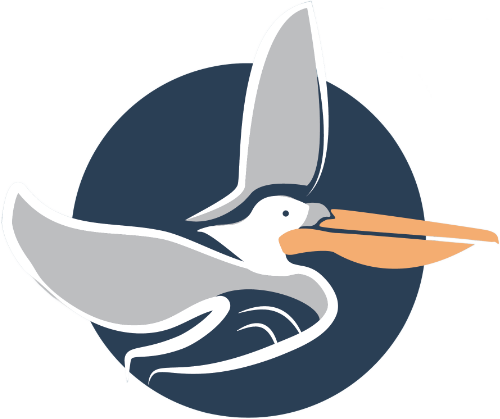Barnacles are actually part of the same group of animals, called crustaceans, as crabs, lobster, and shrimp. Adult barnacles look very different from their crustacean relatives. After birth, barnacle larvae look just like larvae of other crustaceans; however, when a barnacle metamorphoses, it attaches itself to a hard surface head first and creates a cone around its body made of calcium. Its modified legs, called cirri, filter water for plankton and detritus like little nets.
These organisms can live in the highest levels of the intertidal zone. Most species can easily spend half of their lives out of water. Some species only need to be wetted with ocean spray making them well adapted for life along California’s rocky, wave swept shoreline. Since these organisms are sessile, males may become female and vice versa in some species in order to reproduce.
Some of the species found at Doheny are the common Acorn Barnacle, Red Thatched Barnacles, Little Brown Barnacles, Red Striped Acorn Barnacle, White-Ribbed Barnacle.




